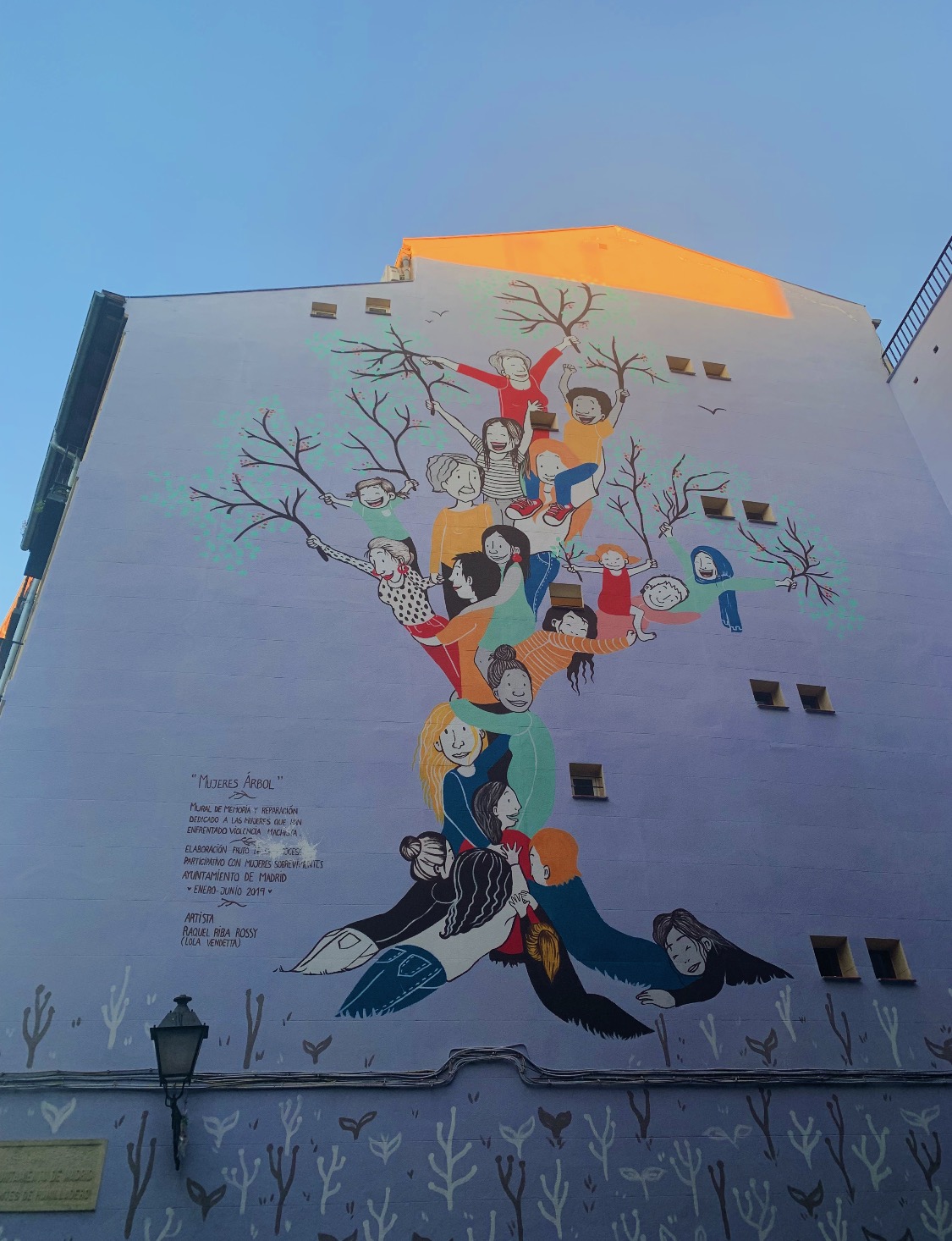
Piecing Together a Country’s History
Here in Madrid, I’m taking 3 university classes and completing an internship. Two of my classes center on Spanish history; focusing specifically on modern literature and cinema. We’ve been reading short stories and watching films produced in Spain in the years following the Francoist dictatorship, which lasted almost 40 years and ended in 1975. For me, I really enjoy analyzing how sociocultural changes that follow a political change, in any country, are presented in the arts. Directors, writers, artists use their artistic platforms to capture the narrative of a country; to capture moments in history. I went to the Prado this week, where I was able to see Goya’s famous Pinturas Negras and Los Desastres de la Guerra in person. Both collections contain dozens of paintings by Goya that directly capture the solemn mood of Spain and dark events of the war during the Peninsular War that took place earlier in the 1800s. Through all mediums, art allows us to tell a story of history. The works we’re seeing in my classes, in combination with first-hand accounts from my professors and host family, have allowed me to start to piece together my own story of Spain, and I’m looking forward to learning more about this country’s past.
My third class and my internship both center on migration, as I hope to do work centered on immigration, language education, and youth empowerment after graduating college. I have absolutely loved my migration course so far, since I’ve mostly focused on American immigration and never had the opportunity to learn about European migration before. Since my dad is an immigrant from Brazil to the United States, our topics in class resonate a lot with me and I feel glad to have a space to talk about these issues. So far we’ve focused mostly on theories around human migration, and now we’re beginning to zoom into migration in Europe. My internship this semester is with a local nonprofit that supports immigrants and refugees, and I’m working specifically with adult refugees who are in the process of studying for their Spanish language proficiency exams as they apply for citizenship. I’m also supporting newly arrived youth in their group Spanish classes. Both through studying in academic context and working personally with people who are affected by the EU’s migration policies, I’m looking forward to learning more about both the challenges that immigrants experience and what types of services can and should be offered to alleviate the process of resettlement in the EU.
